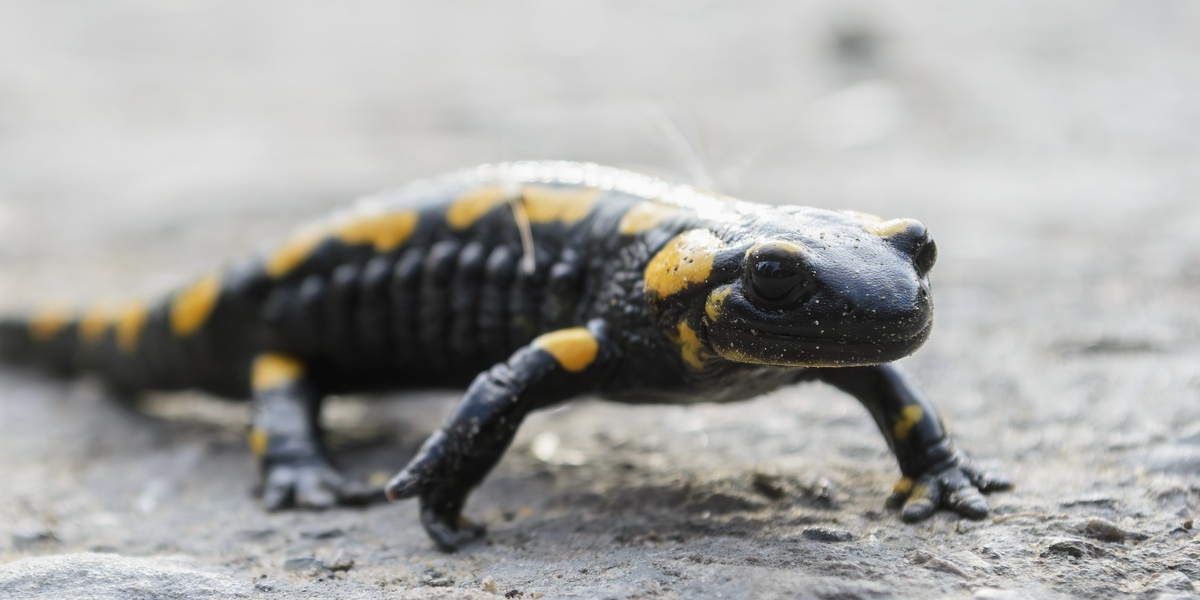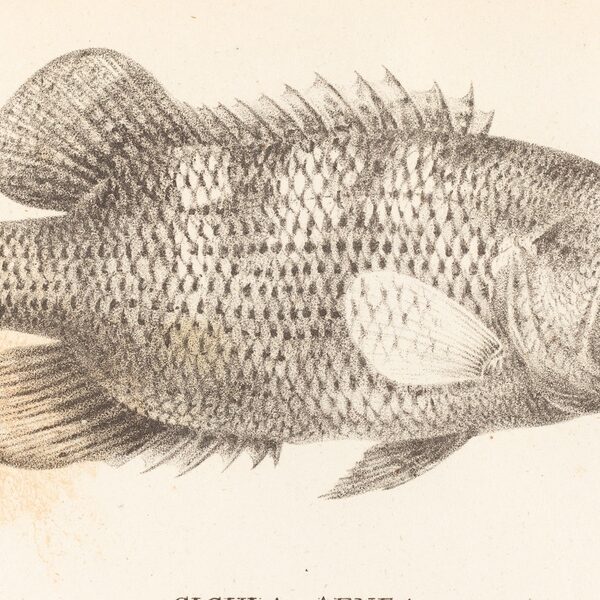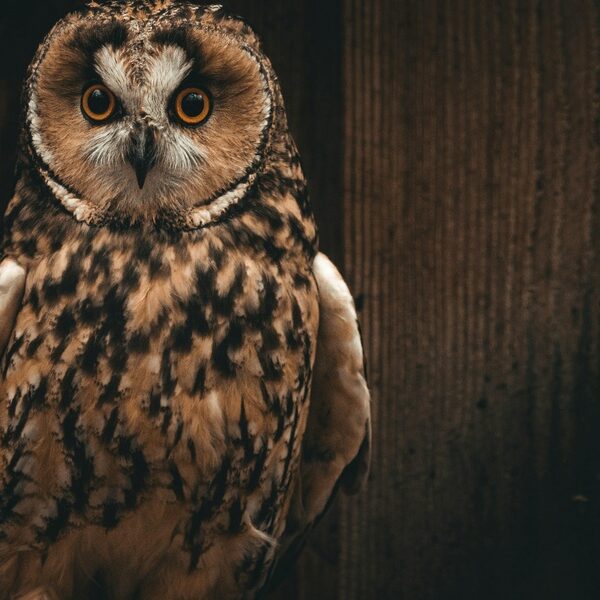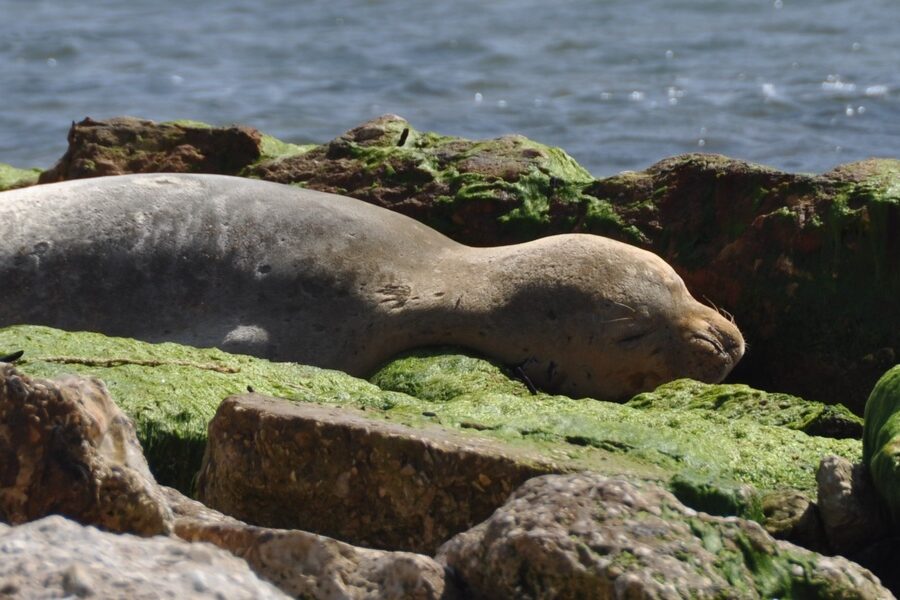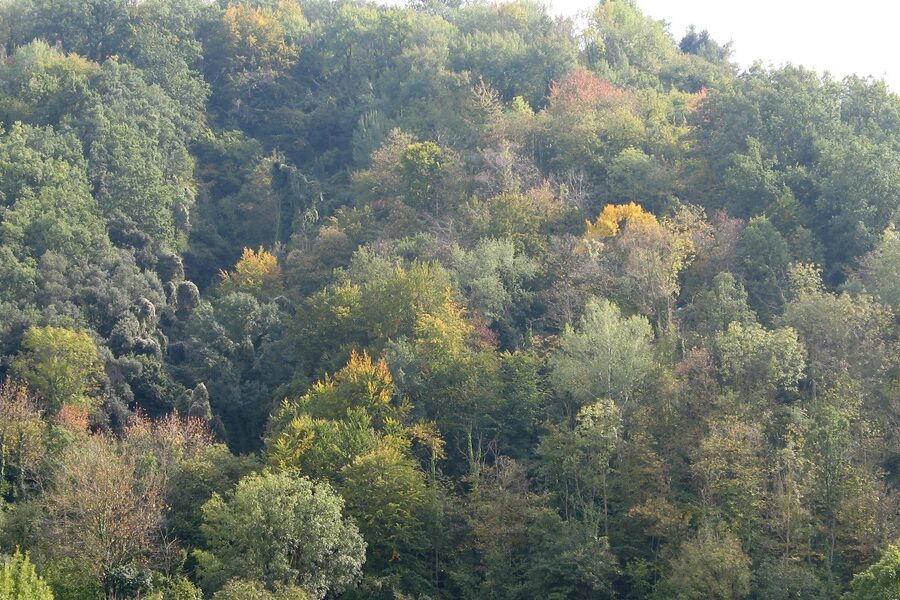Slovakia’s mix of lowland ponds, beech forests and Carpathian streams supports a varied set of amphibians that reveal a lot about local ecosystems and seasonal changes in the landscape. Walking wetlands in spring or listening near a mountain brook can quickly show how many different species share the same region.
There are 18 Amphibians of Slovakia, ranging from Agile Frog to Yellow-bellied Toad. For each species the list is organized as Scientific name,Slovak name,Adult length (cm) to make identification and size comparisons straightforward — you’ll find below.
How can I tell common species apart in the field?
Look at habitat, body size, skin texture and color patterns, and listen for calls in breeding season; the Adult length (cm) column helps narrow possibilities, and checking the Scientific name or Slovak name lets you confirm IDs with photos or local guides.
Are any species in Slovakia protected or at risk?
Yes—several species are protected and some face threats like habitat loss, pollution and disease (e.g., chytrid fungus); consult Slovakia’s red list or local conservation organizations before handling animals, and report sightings to help monitoring efforts.
Amphibians of Slovakia
| Common name | Scientific name | Slovak name | Adult length (cm) |
|---|---|---|---|
| Fire Salamander | Salamandra salamandra | Salamandra škvrnitá | 15-25 |
| Alpine Newt | Ichthyosaura alpestris | Mlok horský | 8-12 |
| Carpathian Newt | Lissotriton montandoni | Mlok karpatský | 7-10 |
| Smooth Newt | Lissotriton vulgaris | Mlok bodkovaný | 8-11 |
| Great Crested Newt | Triturus cristatus | Mlok hrebenatý | 12-18 |
| Danube Crested Newt | Triturus dobrogicus | Mlok dunajský | 12-16 |
| Fire-bellied Toad | Bombina bombina | Kunka červenobruchá | 4-5 |
| Yellow-bellied Toad | Bombina variegata | Kunka žltobruchá | 4-5 |
| Common Toad | Bufo bufo | Ropucha bradavičnatá | 8-15 |
| Green Toad | Bufotes viridis | Ropucha zelená | 6-10 |
| European Tree Frog | Hyla arborea | Rosnička zelená | 3-5 |
| Common Spadefoot | Pelobates fuscus | Hrabavka škvrnitá | 5-8 |
| Agile Frog | Rana dalmatina | Skokan štíhly | 6-9 |
| Moor Frog | Rana arvalis | Skokan ostropyský | 5-7 |
| Common Frog | Rana temporaria | Skokan hnedý | 7-10 |
| Pool Frog | Pelophylax lessonae | Skokan krátkonohý | 5-9 |
| Marsh Frog | Pelophylax ridibundus | Skokan rapotavý | 9-17 |
| Edible Frog | Pelophylax kl. esculentus | Skokan zelený | 8-12 |
Images and Descriptions
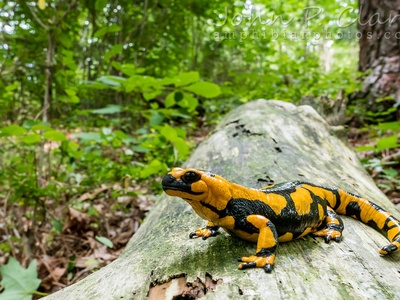
Fire Salamander
Found in damp, deciduous forests in hilly regions. Unmistakable with its glossy black skin and bright yellow spots or stripes. These slow-moving amphibians are nocturnal and highly protected; their main threat is habitat destruction and pollution in breeding streams.
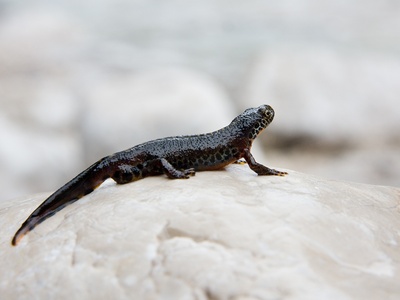
Alpine Newt
Inhabits cool, clear waters in forested, hilly areas across much of Slovakia. Males are stunning during breeding season with a blue hue and a low, smooth yellow-and-black-spotted crest. They are quite common in suitable habitats but sensitive to water quality.
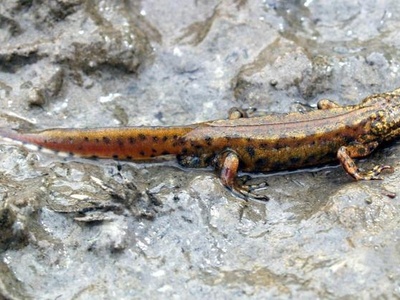
Carpathian Newt
A Carpathian endemic found in the mountains of northern and central Slovakia. It prefers ponds and slow-moving streams above 500m. Males have a filament at their tail tip and a low, straight crest. This species is a protected Natura 2000 priority.
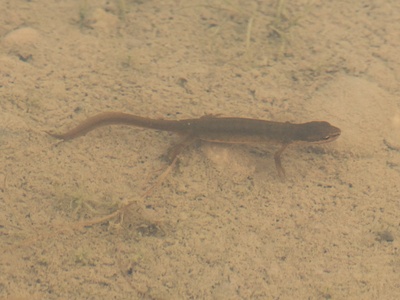
Smooth Newt
Slovakia’s most common and widespread newt, found in various lowland and hilly water bodies like ponds and ditches. Males develop a wavy crest during breeding. It’s adaptable but faces threats from habitat loss and the draining of small ponds and wetlands.
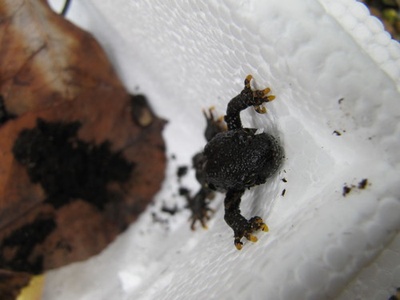
Great Crested Newt
A large, robust newt with warty, dark skin and a bright orange belly with black spots. Found in larger, deeper ponds in lowlands and hills. Males have a high, jagged crest. It is strictly protected due to significant population declines from habitat destruction.
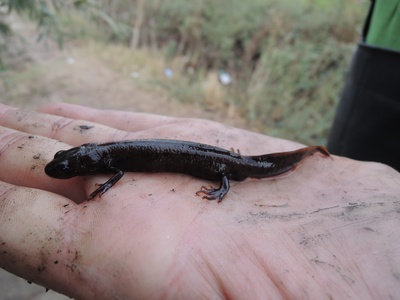
Danube Crested Newt
A slender crested newt preferring floodplain wetlands and slow-moving waters of the Danube and other large rivers in southern Slovakia. It’s a strong swimmer adapted to lowland habitats. This species is vulnerable due to river regulation and wetland drainage.
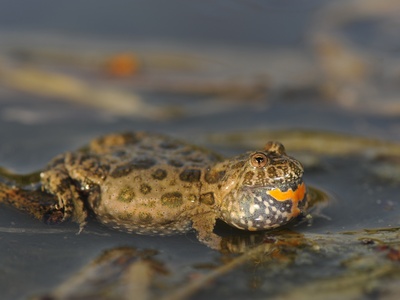
Fire-bellied Toad
A small, warty toad of lowland ponds and marshes, mainly in southern and eastern Slovakia. It’s known for its bright orange-red and black patterned belly, which it flashes when threatened. Populations are declining due to wetland loss and agricultural intensification.
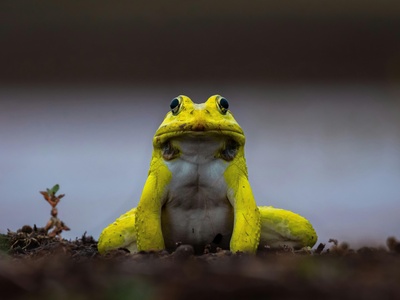
Yellow-bellied Toad
Found in hilly and mountainous regions, breeding in temporary puddles, ruts, and ditches. It has a striking yellow-and-black belly. A pioneer species, it benefits from small-scale disturbances that create new pools, but is threatened by large-scale habitat changes.
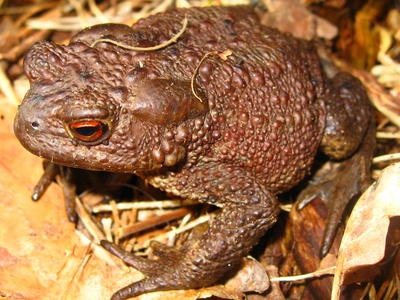
Common Toad
A large, widespread toad found in various habitats from forests to gardens. It has warty, brown skin and horizontal pupils. Famous for its mass migrations to breeding ponds in early spring. While common, it’s vulnerable to road traffic during migration.

Green Toad
A beautifully patterned toad with green blotches on a pale background. It prefers open, dry, and sunny habitats, including agricultural areas and urban environments in lowlands. It’s more tolerant of dry conditions than other toads but is threatened by habitat loss.
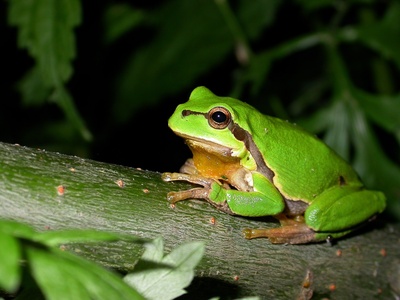
European Tree Frog
A small, bright green frog with adhesive toe pads for climbing. Found on vegetation near sunny ponds and wetlands, mainly in warmer lowland areas. Its loud, repetitive call is a classic sound of spring evenings. Protected, with declines caused by wetland drainage.
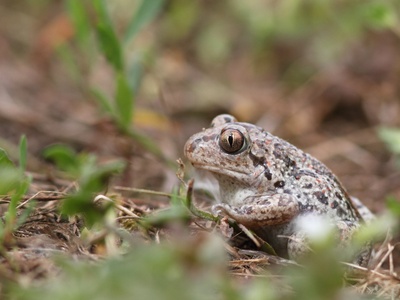
Common Spadefoot
A secretive, nocturnal toad with smooth skin, vertical pupils, and a bony ‘spade’ on its hind feet for burrowing into loose soil. It inhabits sandy or loamy lowlands in southern and eastern Slovakia. It is considered vulnerable due to habitat loss.

Agile Frog
A long-legged brown frog known for its incredible jumping ability. It prefers deciduous forests and meadows in warmer lowland and hilly regions. Identifiable by its pointed snout and large eardrum close to the eye. It’s widespread but sensitive to forest management practices.

Moor Frog
A slender brown frog of wet meadows and marshes in the lowlands. During a very brief mating season, males can turn a spectacular sky-blue colour. This unique breeding display makes them a special sight. Their populations are vulnerable due to wetland drainage.

Common Frog
Slovakia’s most common and widespread frog, found from lowlands to the highest mountain lakes. It has a dark “mask” behind its eye. Highly adaptable, it is often the first amphibian to appear in spring, sometimes laying eggs in partially frozen ponds.
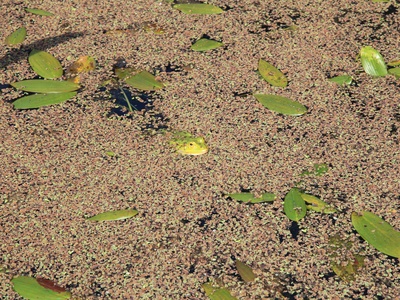
Pool Frog
The smallest of Slovakia’s native green frogs, preferring smaller, well-vegetated, sunny ponds. It has a distinctive chuckling call. Often found with other green frogs, identification can be tricky. It is protected and threatened by the loss of small water bodies.

Marsh Frog
The largest native frog in Europe, found in larger bodies of water like rivers, lakes, and large ponds, mainly in the lowlands. It has a loud, laughing call. This robust frog is common in suitable habitats but can be impacted by water pollution.
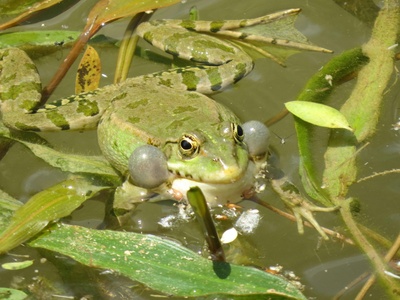
Edible Frog
A fertile hybrid between the Pool Frog and Marsh Frog, often outnumbering both parent species. It inhabits a wide range of water bodies and is very common across Slovakia’s lowlands and hills. Its appearance and call are intermediate between the parent species.
